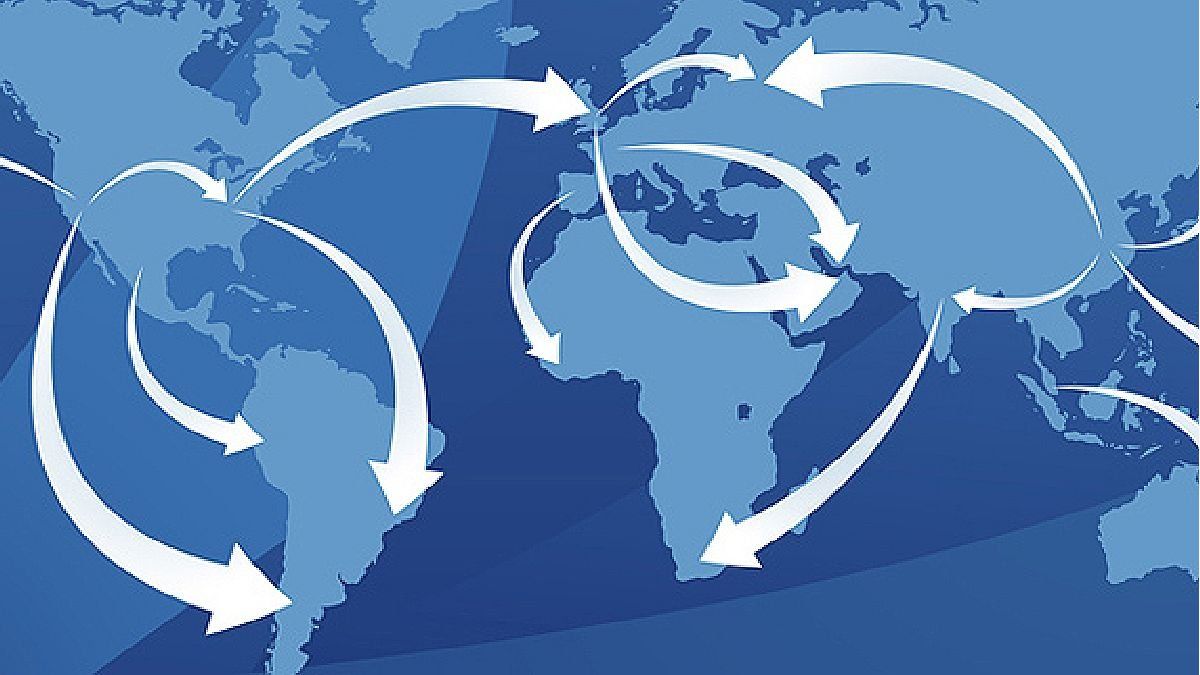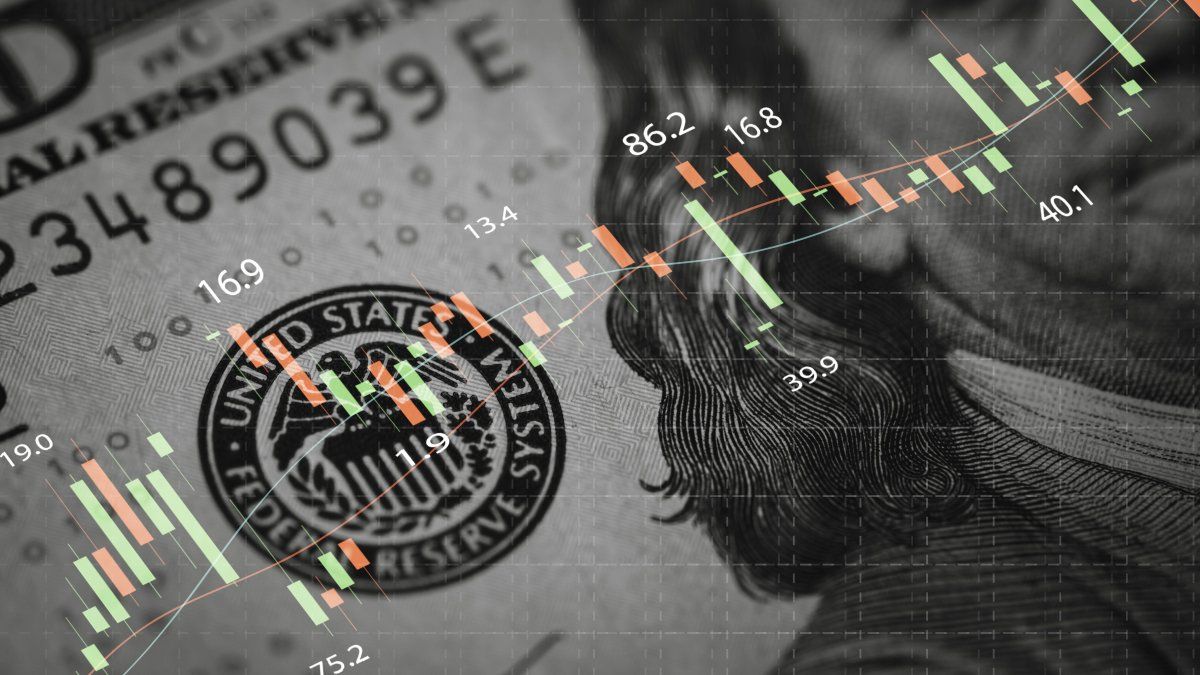Something smells strange among global investors and funds that invest in emerging market assets. Although in reality it is not from now, perhaps, it worsened after the last presidential elections in Mexico and India and this will be seen when the data for June are known, although a certain bad mood already began last month and this is reflected in a private survey. For Argentina, it is a relevant issue that the economic team led by Luis Caputoespecially because of their desire to once again access the voluntary debt markets.
The monitoring is carried out by the prestigious global banking think tank, the Institute of International Finance (IIF)and threw that In May, emerging market securities attracted around $5.5 billion. Without a doubt, it is a brake on what has been the portfolio flows from non-residents to emerging countries since the latter part of last year.
The IIF estimates that there were marginal inflows to emerging markets last month. Europe (US$6.2 billion) and Latin America (US$1.6 billion)while all other regions suffered capital outflows.
While May is the seventh consecutive month of overall inflows across the emerging market complex, IIF economists see a downward trend in the level of flows, attributed primarily to the outlook for a stronger Federal Reserve (Fed. ) that would have “a higher rate, for longer” and greater volatility in the markets.
As in the previous month, emerging market stocks excluding those in China experienced capital outflows of $5.3 billion. “The Federal Reserve’s tougher stance and the prospect of a looser monetary stance fading have dented equity market performance in emerging markets.”they maintain from the IIF.
For their part, Chinese stocks continued the same path and in May also recorded small capital outflows of US$700 million. “That said, we see that Chinese stocks are gaining momentumespecially if stimulus policies meet market expectations,” warns Jonathan Fortun of the IIF.
In contrast, emerging market debt excluding China has seen the largest gains in May, supported primarily by a positive impact from the carry trade, totaling around $10.2 billion. “We are still seeing spreads tightening and offshore demand driving new debt issuance to record levels, an impressive effect despite the high cost of debt,” explains Fortun.
As such, market appetite for local currency debt across the emerging market complex continues to support the headline figure. For its part, China’s debt flows show marginal gains, amounting to $1.3 billion.
Emerging flows: will there be a pause?
In relation to the general outlook, the IIF says it maintains the hypothesis of the evolution of flows for the coming months where the yields of emerging currencies will continue to be closely linked to the US economy. However, they warn, a monetary stance “higher for longer” by the Federal Reserve, as confirmed by recent inflation readings in the United States, would mean that the expected large inflow may not materialize or may be smaller than expected.
“There remains a large risk to the outlook, mainly related to a further escalation of geopolitical conflicts, the return of inflation spikes and the resulting more aggressive stance of the Federal Reserve”they explain when arguing future scenarios.
For the past seven months, emerging market assets have been receiving huge doses of net flows from non-resident investors, bets that have undoubtedly had an impact on fixed-income and variable-income prices. Thus, in the accumulated of the first five months of the year, IIF estimates show that net inflows of international capital to emerging countries are around US$94 billion. Now this bonanza could have a pause, as can be inferred from what has happened in recent weeks, so the Argentine Government would have to take note in its eagerness to lower the country’s risk and return to the international capital markets.
Source: Ambito



